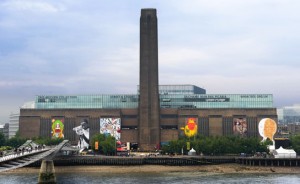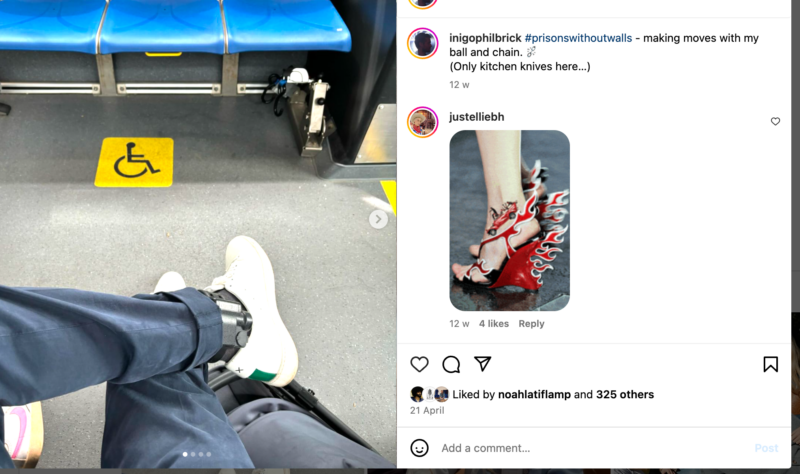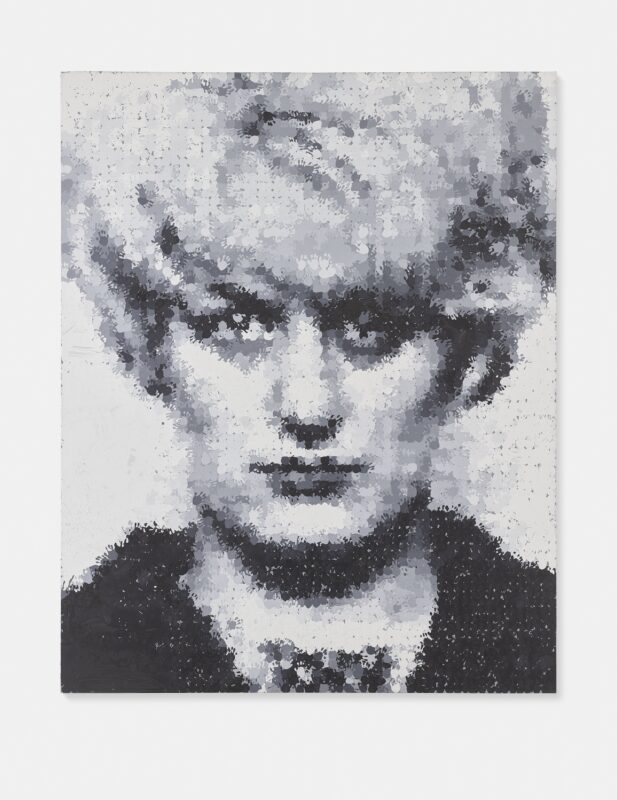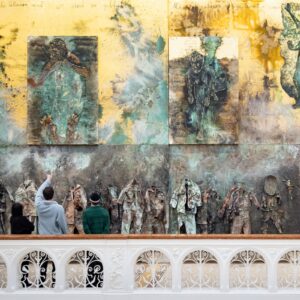The links between the public and private sectors are just about as convoluted as everything else in the artworld.
The distinction between them can be roughly summed up as follows: the public museums seek a critical distance from the predominantly economic concerns of private galleries through historicism, while the private galleries take a seemingly purist approach to exhibition by stripping away the tatty affectations of education. In both cases, there is a concern to display and disseminate art, but the ultimate goals are deliberately mismatched. The interesting thing, however, is in their largely unspoken mutual dependence.
One aspect of the relationship between the private and the public which is causing a bit of a stir at the moment is the seemingly noble practice of collectors lending works to museums for blockbuster exhibitions. In the spirit of museums being able to stage complete, coherent shows, this seems like a good thing, while it also reflects well on the collector and their collection. But there has been a trend lately for these acts of cultural charity to morph into instances of free advertising in such a way that the majesty of the big exhibition is used to help bump up the price of the work at auction as soon as it is off the wall.
Selling works after exhibitions, having used the exhibition as free advertising, is frowned upon by the public institutions because they do not want to be seen as vehicles for the activities of the rampant market. Public institutions must maintain distance from the market, since their role is as conservators, educators and custodians – in short, the museum is about stasis and perpetuity, not about the flux and greed of the market.
The private sector’s insult to the public institution here lies in the fact that the market has its own complex and independently funded mechanisms for generating cultural kudos and therefore concocting prices. It does not need to co-opt the museum in its dealings, whereas the museum needs the private collector to fill the gaps in its exhibitions, so the museum ends up feeling taken advantage of for monetary gain. This is nothing more than an example of the same competition in art which occurs in every sphere of human activity: on the one hand, we seek success, recognition and influence, but on the other hand we also seek money. In this transaction, the museum only wins one of the battles and has to pretend that it is not even fighting the other, which we all know is untrue but is nonetheless intrinsic to the artworld.
The point I am getting at here is not an ethical one about how the private collectors are breaking some unspoken code of conduct and brining the museums into unavoidable disrepute. It is senseless to couch this discussion in ethical terms because ethics, if it is to make sense, presupposes a rigid choice between this and that course of action, which is the means by which we make a value judgement concerning one over the other. Such a binary choice of action does not apply in this case because neither the public museum nor the private collector has any such real choice.
The museum is bound by its very covenant to make public exhibitions of exceptional quality, which simply often entails borrowing works from private collections; if it does not do this – owing to the fact that so many important artworks reside in private collections – it fails to act within its remit. The collector too, however, never fully owns the art but acts as private custodian for it and as such is duty bound to put in the public realm at every opportunity. In both cases, reputations are at stake whereby it is in the mutual interest of all parties to protect them.
It can be seen, then, that although entirely – that is, necessarily – distinct entities, the public and the private need each other and the artworld needs them to co-operate. It is indicative of the market’s terrifying omnipotence that the selling of works which have been shown in museum shows is not enough to damage the relationship irreparably. The public and the private operate on a complex network of carefully managed relationships which, on both sides, are quite genuinely directed towards the good of art. But, when indulging your moral indignation at this or that questionable practice, it is worth remembering that whether it is selling exhibition tickets or paintings or even making lucrative sponsorship deals, man cannot live by art alone and that capital rules art just as it does everything else.
Words: Daniel Barnes








